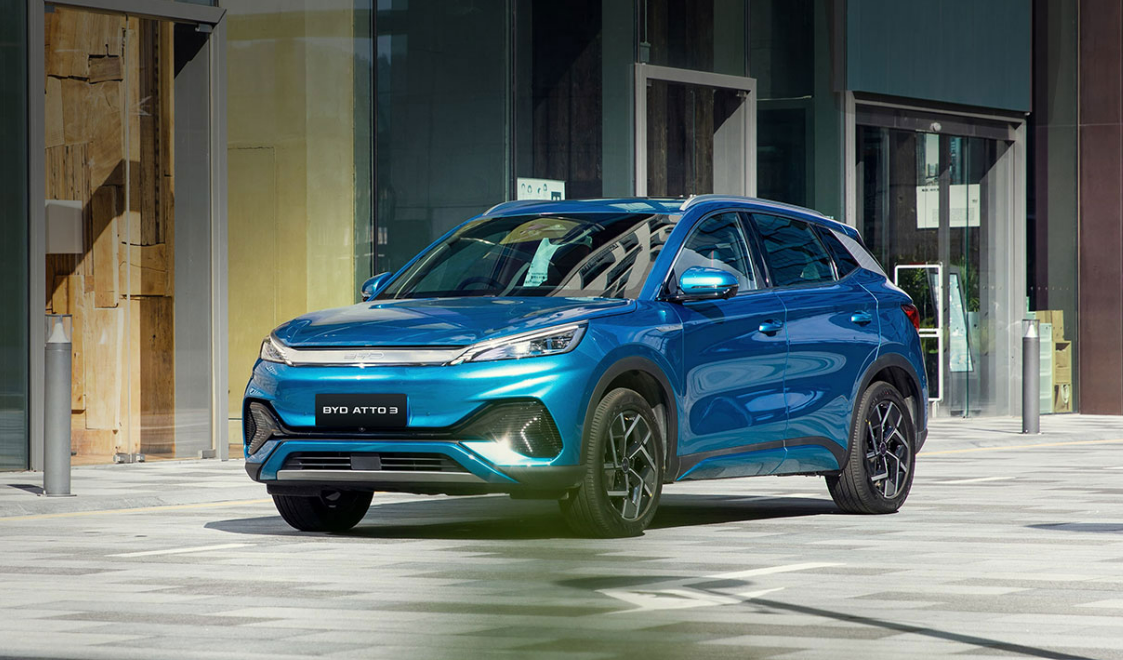China’s electric vehicle (EV) giant BYD has established a strong presence in Southeast Asia, surpassing competitors like Tesla to capture over a quarter of the region’s EV market. The company’s success can be attributed to its strategic partnerships with prominent local conglomerates, enabling it to navigate complex regulations, expand its reach, and gauge consumer preferences effectively.
Collaborative Approach
BYD’s partnership model, reminiscent of strategies employed by Japanese automakers in the past, involves working closely with local conglomerates. These alliances have allowed BYD to swiftly gain market share, although it comes at a cost. Unlike Tesla’s independent distribution approach, BYD prioritizes brand proliferation over profit margins.
Market Dominance and Bestsellers
In the second quarter of 2023, BYD accounted for more than 26% of all EV sales in Southeast Asia. The company’s Atto 3 model, priced starting at $30,000 in Thailand, emerged as the top-selling EV in the region, outperforming Tesla’s Model 3, which starts at around $57,500 in Thailand.
Growing EV Market
EVs constituted 6.4% of total passenger vehicle sales in Southeast Asia during the second quarter, marking significant growth from the preceding quarter’s 3.8%. The region’s importance to Chinese automakers is expected to increase, especially following the European Commission’s recent investigation into Beijing’s EV subsidies.
Key Partnerships
BYD’s regional distributors include divisions of Sime Darby in Malaysia and Singapore, Bakrie & Brothers in Indonesia, Ayala Corp in the Philippines, and Rever Automotive in Thailand. These partnerships have been instrumental in building trust among consumers and providing essential after-sales support.
Investing in Expansion
BYD is committed to expanding its presence in Southeast Asia. The company is investing nearly $500 million in Thailand to construct a new factory capable of producing 150,000 EVs annually for export to Southeast Asian and European markets.
Challenging Tesla
While Tesla’s presence in Southeast Asia remains limited, BYD is making significant strides. Thai EV buyers accounted for 24% of BYD’s overseas sales in the second quarter, solidifying its position as the Chinese automaker’s largest foreign market. In contrast, Tesla’s sales in Southeast Asia are less than 1%.
BYD and its partner Sime Darby Motors are innovating to attract tech-savvy consumers in Singapore. They have introduced “BYD by 1826” showrooms that serve as both EV showcases and upscale restaurants. This approach allows them to engage with customers who are interested in learning more about BYD and its offerings.
BYD’s collaborative approach and willingness to adapt to local markets have given it a competitive edge in Southeast Asia, positioning it as a dominant player in the region’s EV landscape.



